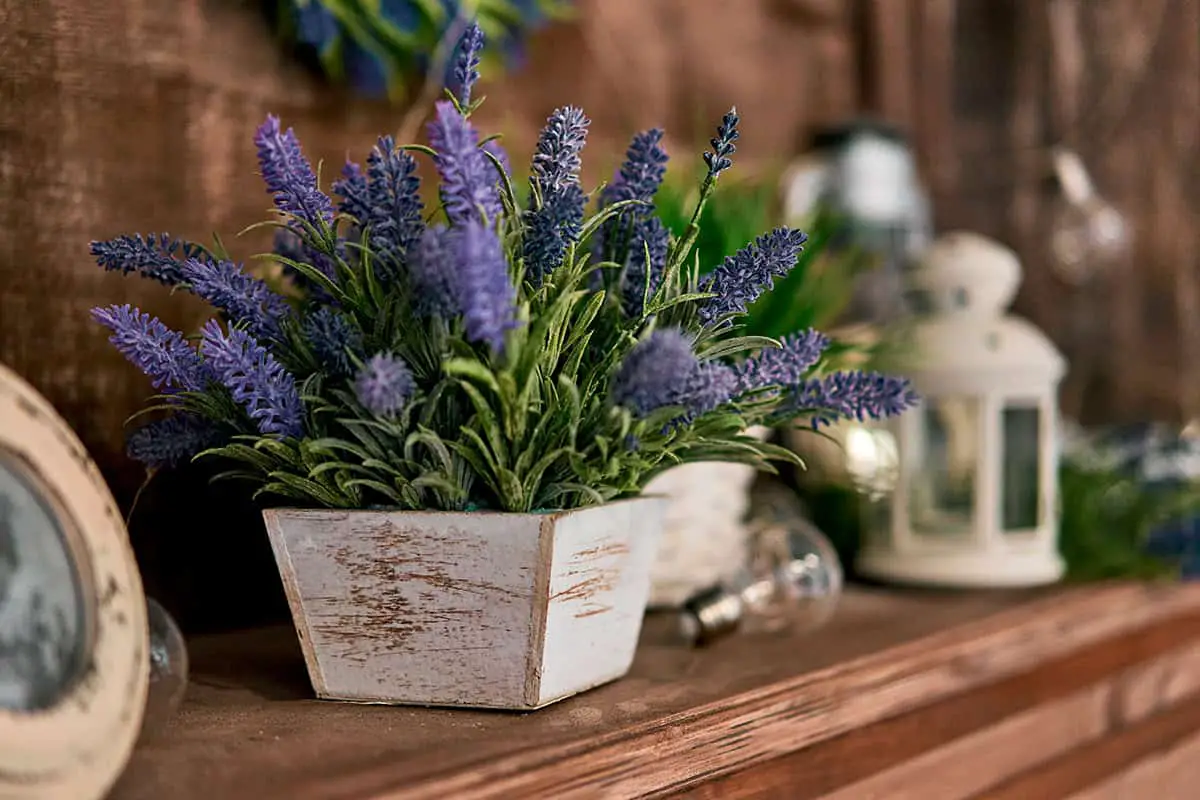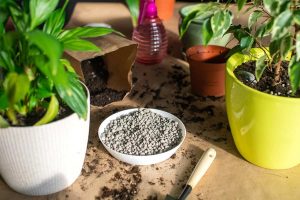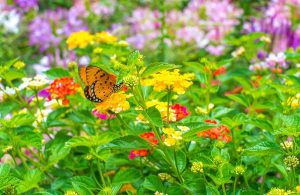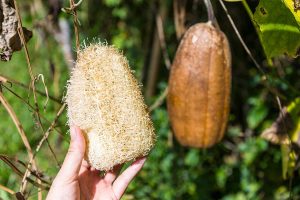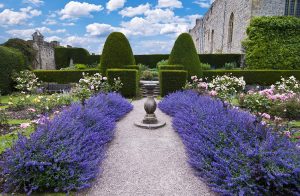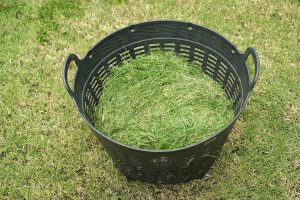You step into your garden, and the soothing scent of lavender instantly relaxes you. You want to enjoy this calming fragrance and beautiful purple blooms in your own backyard. Understand how to grow and care for lavender plants so they thrive and bring tranquility to your garden all season long.
| Common Name | Lavender |
| Botanical Name | Lavandula spp. |
| Family | Lamiaceae |
| History & Origin | Native to Mediterranean region |
| Plant Type | Perennial shrub |
| Mature Size | 1-3 feet tall and wide |
| Sun Exposure | Full sun, at least 6 hours daily |
| Soil Type | Sandy, well-drained soil |
| Soil pH | 6.5-7.5 |
| Temperature | Prefers mild, warm climates |
| Watering | Moderate; drought-tolerant once established |
| Fertilizing | Light feeding; too much reduces blooms |
| Bloom Time | Summer |
| Flower Color | Purple |
| Hardiness Zone | 5a-9a USDA |
| Toxicity | Generally non-toxic to humans and pets |
| Common Problems | Root rot, poor drainage, overwatering |
Table of Contents
- Light
- Soil
- Watering
- Temperature and Humidity
- Fertilizer
- Propagation
- Pruning
- Footnotes
- Potting and Repotting
- Common Problems & Troubleshooting
- Lavender Plant Varieties
- English Lavender ‘Hidcote’ (Lavandula Angustifolia ‘Hidcote’)
- French Lavender ‘Goodwin Creek Grey’ (Lavandula Dentata ‘Goodwin Creek Grey’)
- Spanish Lavender ‘Anouk’ (Lavandula Stoechas ‘Anouk’)
- Lavandin ‘Grosso’ (Lavandula X Intermedia ‘Grosso’)
- English Lavender ‘Munstead’ (Lavandula Angustifolia ‘Munstead’)
Light
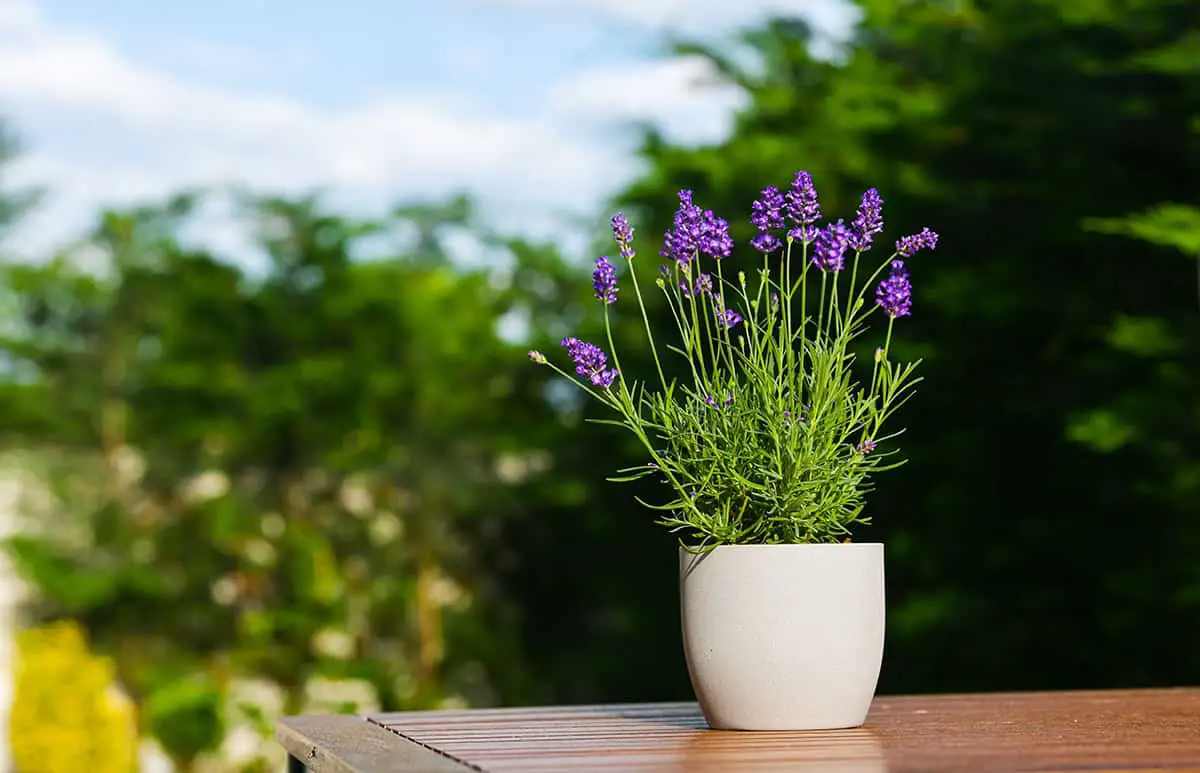
Lavender plants require plenty of sunlight to grow and flourish. They need at least six to eight hours of direct sunlight daily. Ensure you select a spot in your garden with adequate sun exposure for optimal growth.
In the early stages, when propagating cuttings, provide partial shade. After the plants have rooted and become stronger, transition them to a sunnier location. Remember, the quality of light plays a significant role in the health of your lavender plant.
For indoor containers or pots, place them near a south-facing window. Make sure there is proper air circulation around the lavender plants, as this prevents mold and mildew growth. Rotate your potted lavender occasionally to ensure even exposure to sunlight.
Soil
Your lavender plants will flourish in well-draining, alkaline soil with a pH of 6.5 to 7.5. To ensure optimal growth, check the pH level of your soil before planting. If the pH is too low, you can add lime to increase the alkalinity.
The soil should never become waterlogged. Lavender’s native habitat is the hot, dry Mediterranean, so this plant thrives better in similar conditions. To achieve proper drainage, amend the soil with sand or fine grit. This prevents excess moisture from harming your lavender plant. Following these guidelines will help you create an environment similar to its native conditions.
Watering

Lavender plants prefer well-draining soil and can withstand drought better than excessive moisture. Too much water can lead to root rot, affecting the overall health of your lavender plant. So, when you water your lavender, do it properly and make sure the soil dries out between watering sessions.
In the beginning, when you start new plants, place cuttings in moist sterile sandy soil. It is essential to maintain the moisture to help the cuttings establish roots. Once your lavender plant has settled and grown, the watering regimen should change.
During the spring and summer months, establish a weekly watering routine, adjusting the frequency depending on the weather conditions. In arid, hot regions, lavender may require more frequent watering, whereas in cooler, milder climates, they can handle more extended periods without water.
Throughout the fall and winter months, reduce the watering of your lavender plants significantly. Pay attention to rain in the area and let Mother Nature take the wheel. Remember that lavender plants are native to the Mediterranean region and can handle cooler temperatures and reduced water intake during dormant periods.
Temperature and Humidity
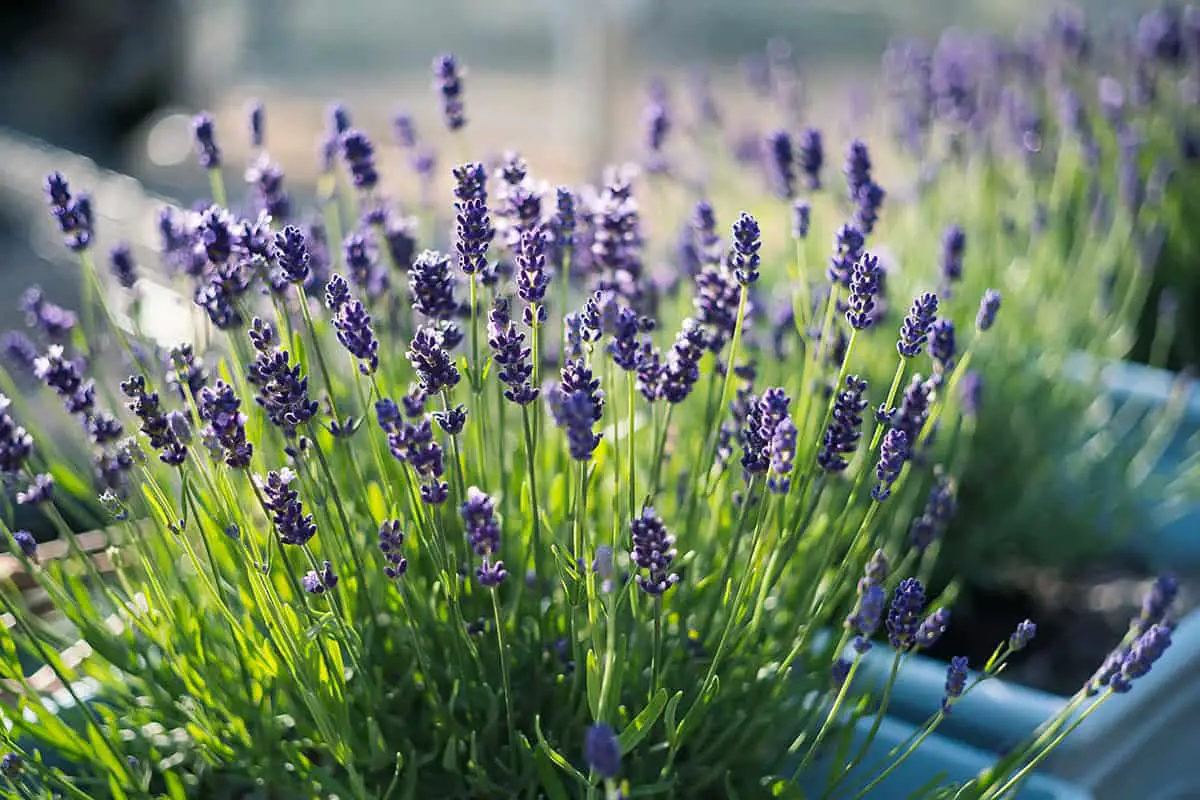
Lavender plants thrive in a range of temperatures, usually between 50°F and 80°F. In the early stages, they appreciate warmth, especially if you’re starting from seeds or cuttings. Keep the soil temperature consistent at around 70°F while they establish their roots.
Although lavender can tolerate heat, it’s essential to avoid extreme temperature fluctuations. Sudden drops in temperature can harm your plants and impede growth. As a general rule, ensure that they aren’t exposed to temperatures below 50°F or above 80°F for extended periods.
Humidity is another factor to consider in lavender care. These plants naturally grow in the Mediterranean region, where the air is drier and has low humidity levels. To mimic this environment, try to maintain adequate air circulation around the plants. This will help to prevent potential fungal issues and keep the humidity in check. Consider spacing the plants properly to allow for airflow, and if planting in pots, choose ones with good drainage.
Fertilizer
Lavender plants are known to not require too much attention when it comes to fertilization. Nevertheless, applying the right fertilizer can improve growth and flowering. Remember that excessive usage can reduce the plant’s bloom and aroma.
When it comes to choosing the fertilizer for your lavender plant, opt for a well-balanced, water-soluble one with a ratio of 10-10-10. In the springtime, apply the fertilizer once new growth emerges. You should fertilize the plants again after they finish blooming, allowing them to prepare for future growth.
It’s crucial to keep the soil surrounding your plant well-drained and light, as lavender thrives in these conditions. A technique to achieve this is by adding gravel or sand to the planting hole, ensuring improved drainage. You can also use organic matter, such as compost, to establish a stable base for your lavender plant.
Propagation
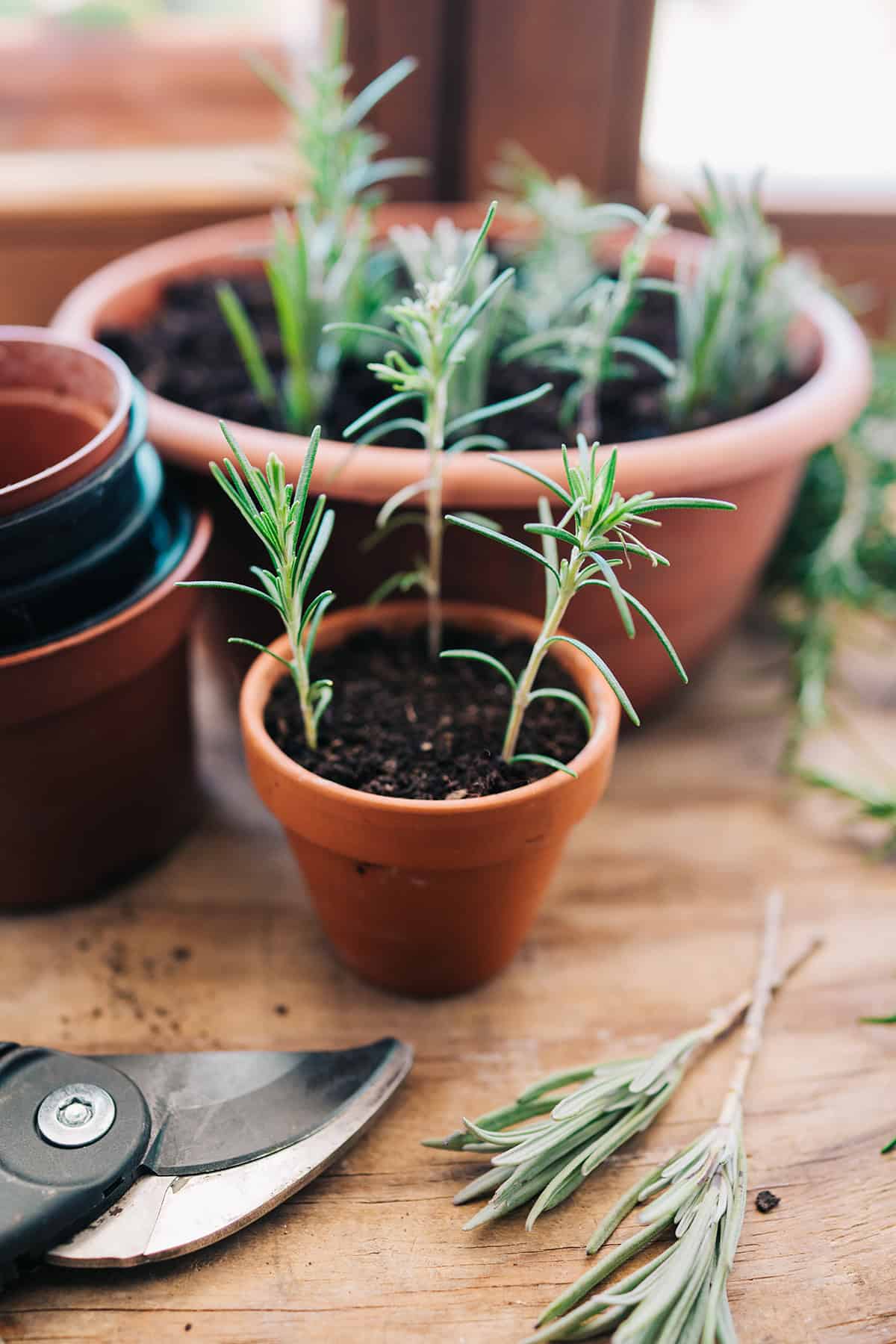
In order to propagate lavender, you should use cuttings from a healthy plant. To do this, cut a vegetative stem just below a node and take off 3-4 lower leaves. Dip the cut end in rooting hormone and place the cutting in warm (70°F), moist potting soil. Keep the soil consistently moist but not wet, as roots should form within 30-40 days.
Once your lavender cuttings have rooted, transplant them to a pot for further growth. It’s important to provide your growing lavender plants with the right conditions. They thrive in temperatures between 7 and 21°C (44.6-69.8°F) and require bright sunlight. To ensure their growth and success, plant them in light to sandy, well-draining soils with a pH of 5.8-8.3.
Proper pruning and maintenance are key to maintaining the health of your growing lavender plants. Prune regularly by shaping the plants in spring after new leaves appear. Make sure to avoid pruning more than one-third of the plant at a time. This will promote new growth without causing undue stress. As your lavender matures, it will produce beautiful purple flowers.
Pruning
Establishing a proper pruning routine is essential in maintaining the health and appearance of your lavender plants. Start by pruning once your plant is well-established, as this promotes new growth and prevents the plant from becoming too woody. When pruning, ensure you remove no more than one-third of the plant at a time.
The best time to prune lavender is in spring after new leaves have appeared. Focus on shaping the plant during this time to encourage a bushier and more vibrant appearance. After the flowering season, it’s important to shear back your lavender plants to about half their size. This stimulates new growth and extends the plant’s longevity while improving productivity.
Another essential aspect of pruning is removing flower buds. Lavender produces lovely purple flowers as it matures. Harvest the lavender stems in the morning when oils are the most concentrated and approximately 50 percent of the flower buds have opened.
Footnotes
Potting and Repotting
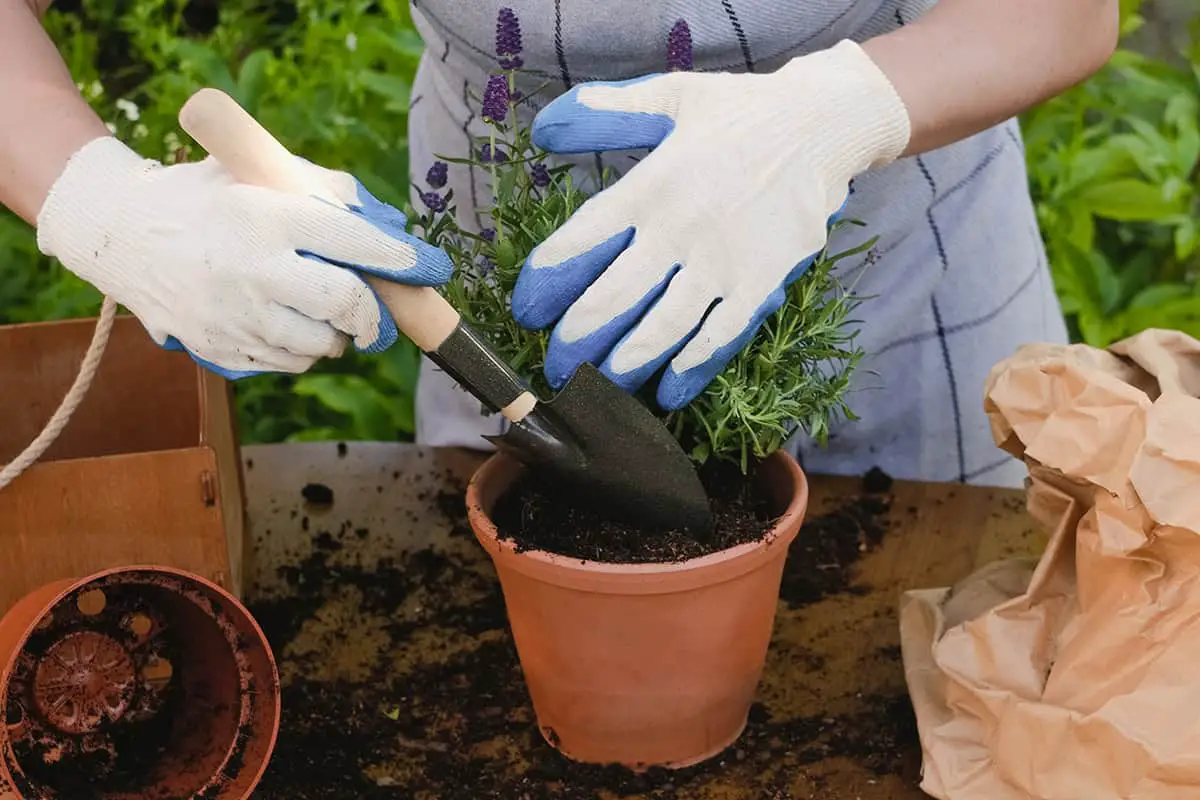
When starting with lavender, it’s essential to choose a pot with good drainage holes. This is because lavender thrives in well-draining, alkaline soil with a pH of 6.5 to 7.5. To achieve the ideal pH level, you’ll want to blend a potting mix with vermiculite, perlite, and pea gravel.
Now, let’s discuss planting lavender cuttings. Cut a vegetative stem below a node and remove 3-4 lower leaves. Dip the cut end in rooting hormone, then set the cutting in moist potting soil at 70°F. Keep the soil moist, but not wet, and expect roots to form within 30-40 days. From there, transplant the new plant to a pot to continue growing.
As for repotting, you might want to do it every two years or when the pot becomes too small for the root system. Gently lift the plant from its current pot, ensuring no damage to the roots. Replant it into a new pot, filling the edges with the ideal potting mix.
Common Problems & Troubleshooting
Lavender plants are beautiful and fragrant, but they can encounter some common issues. In this section, we’ll discuss how to identify and address these problems.
Disease: Lavender plants can suffer from various diseases, such as root rot and leaf spot. To prevent diseases, ensure your lavender is planted in well-draining soil and receives adequate sunlight. If you notice any signs of disease, treat the affected area promptly with fungicides or other appropriate treatment methods.
Pests: Insects such as aphids and whiteflies may target your lavender plants. To keep these pests at bay, you can use natural remedies like neem oil or introduce beneficial bugs like ladybugs. Regularly inspect your plants for pests and take action if you spot them.
Watering issues: Lavender plants need to be watered correctly to thrive. Overwatering may lead to root rot, while inadequate water can cause wilting. You want to give the plant just the right amount of moisture. As a rule of thumb, water the plants when they dry out in the summer, but be careful not to over-fertilize.
Soil and pH level problems: Your lavender plants need well-draining, slightly alkaline soil with a pH of 6.5 to 7.5. Insufficient alkalinity may lead to stunted growth. To avoid this issue, test the soil’s pH level and adjust it as needed.
Lavender Plant Varieties
English Lavender ‘Hidcote’ (Lavandula Angustifolia ‘Hidcote’)
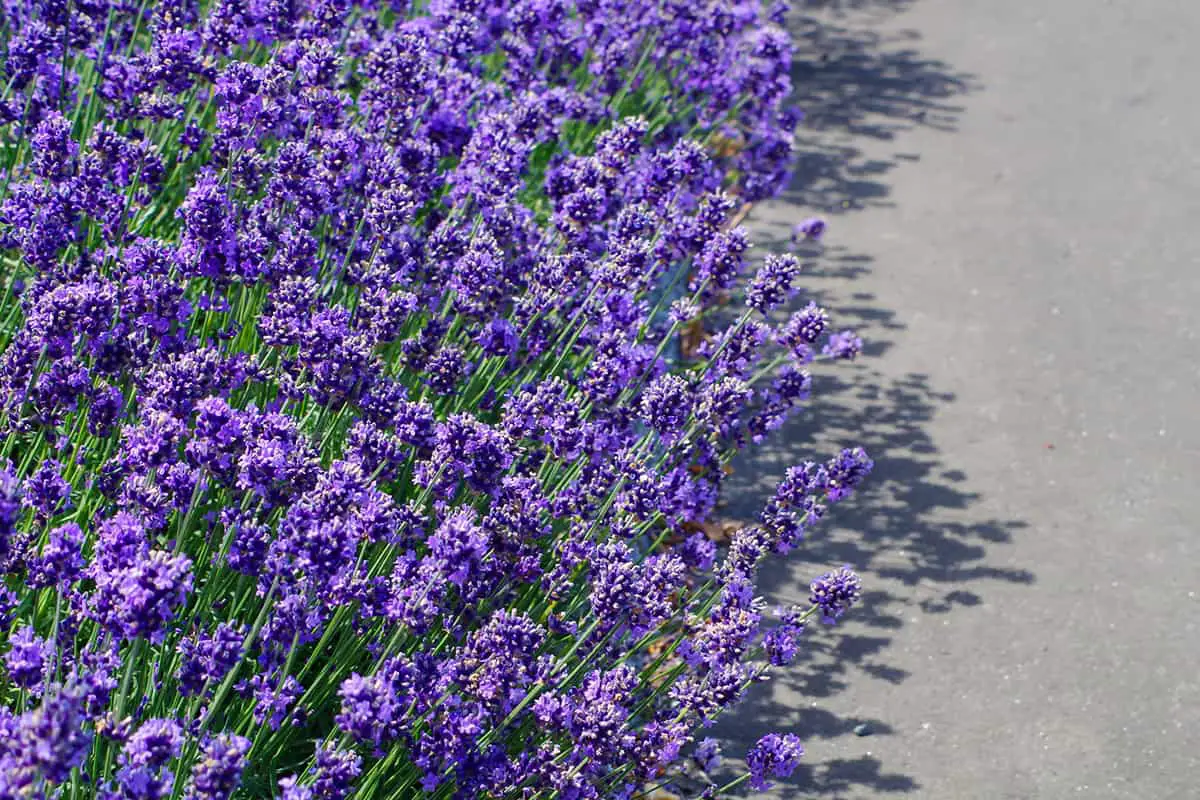
One of the most popular lavender varieties is the English Lavender ‘Hidcote’. This plant is known for its vibrant purple flowers and compact growth habit. It’s an excellent choice for small gardens or borders, and its hardiness to USDA Zone 5 makes it suitable for colder climates as well. You’ll enjoy its lovely fragrance all summer long.
French Lavender ‘Goodwin Creek Grey’ (Lavandula Dentata ‘Goodwin Creek Grey’)
The French Lavender ‘Goodwin Creek Grey’ is another popular option. Characterized by its grey-green foliage and deep blue flowers, this variety adds a touch of elegance to your garden. It’s an excellent choice if you have alkaline soil and full sun. Remember to provide ample drainage, as it does not tolerate wet conditions.
Spanish Lavender ‘Anouk’ (Lavandula Stoechas ‘Anouk’)
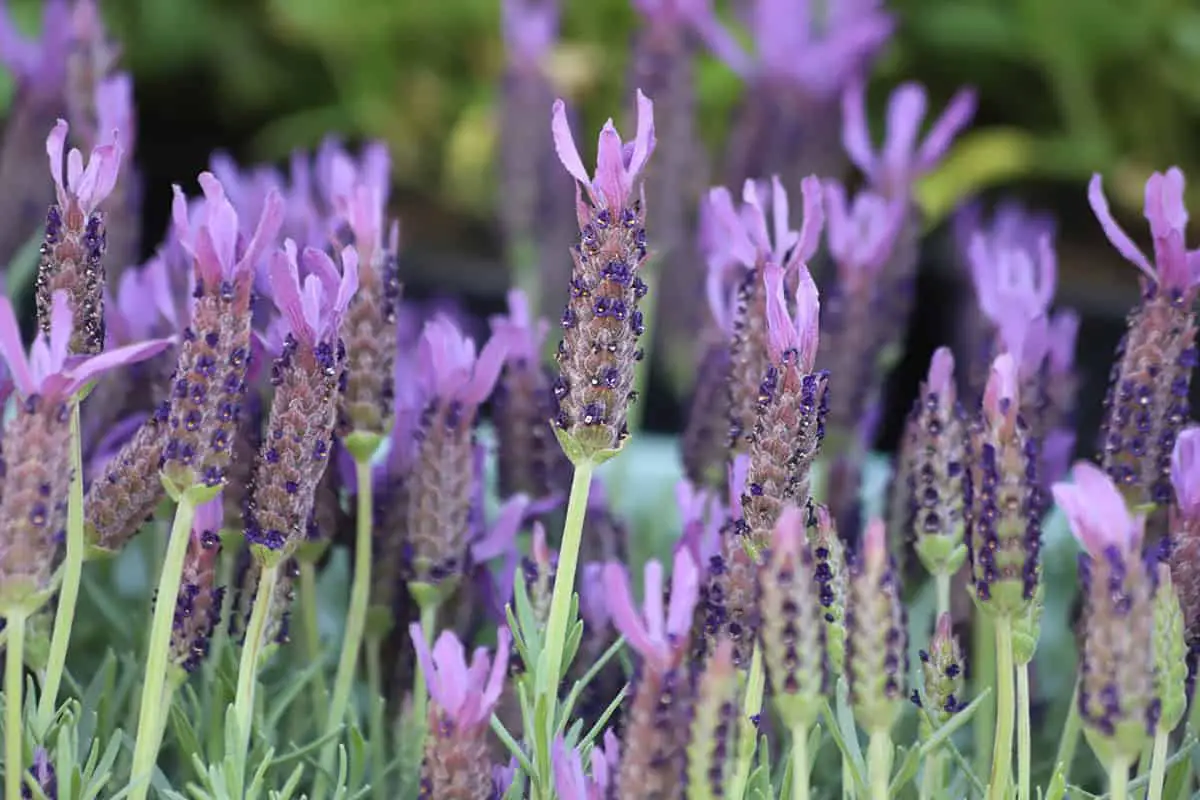
For a more exotic look, consider the Spanish Lavender ‘Anouk’. With its distinctive, fat flower heads topped with bunny-ear-like petals, this variety is a showstopper. It’s a bit less hardy than other varieties, but it’s worth the effort if you live in a region with mild winters. Your garden will be adorned with its lovely purple flowers throughout the season.
Lavandin ‘Grosso’ (Lavandula X Intermedia ‘Grosso’)
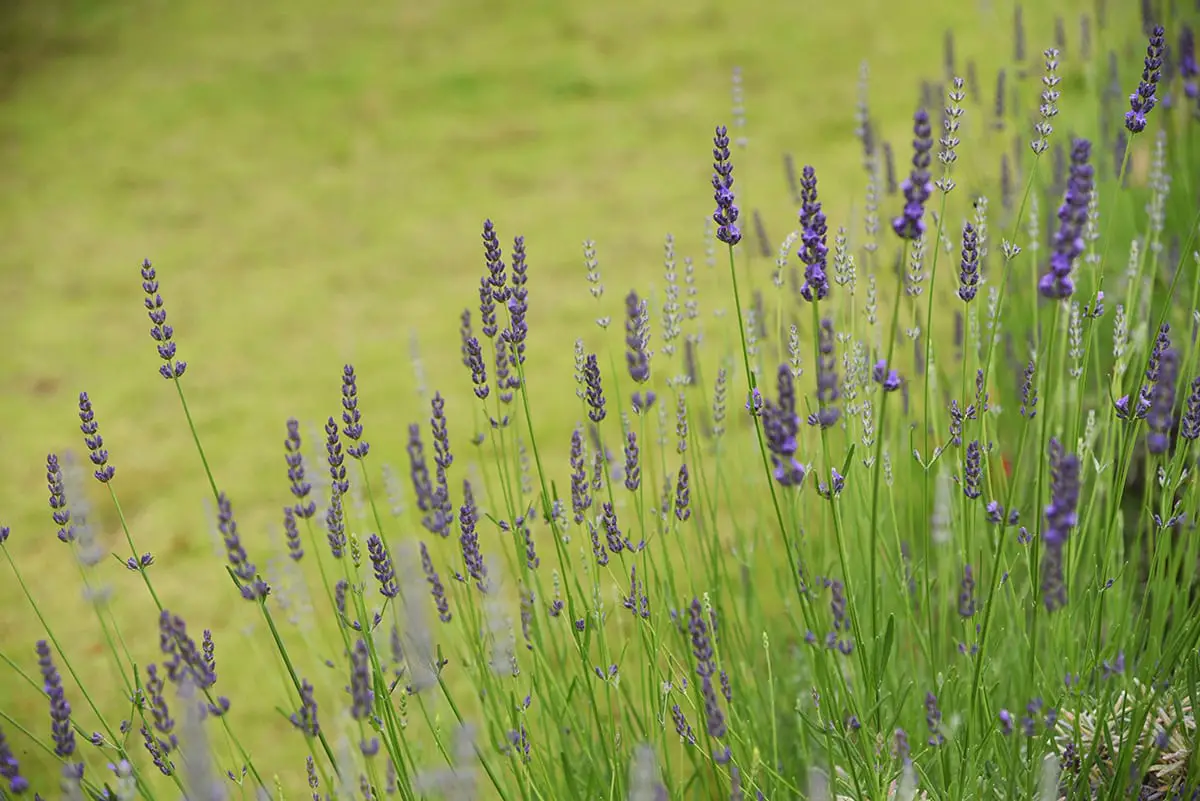
Often used in the production of essential oils, the Lavandin ‘Grosso’ is a hybrid variety. It’s known for its long stems and large, fragrant flowers that are perfect for fresh or dried arrangements. This vigorous grower thrives in full sun and well-draining soil. Your garden will have a bold, beautiful addition with this choice.
English Lavender ‘Munstead’ (Lavandula Angustifolia ‘Munstead’)
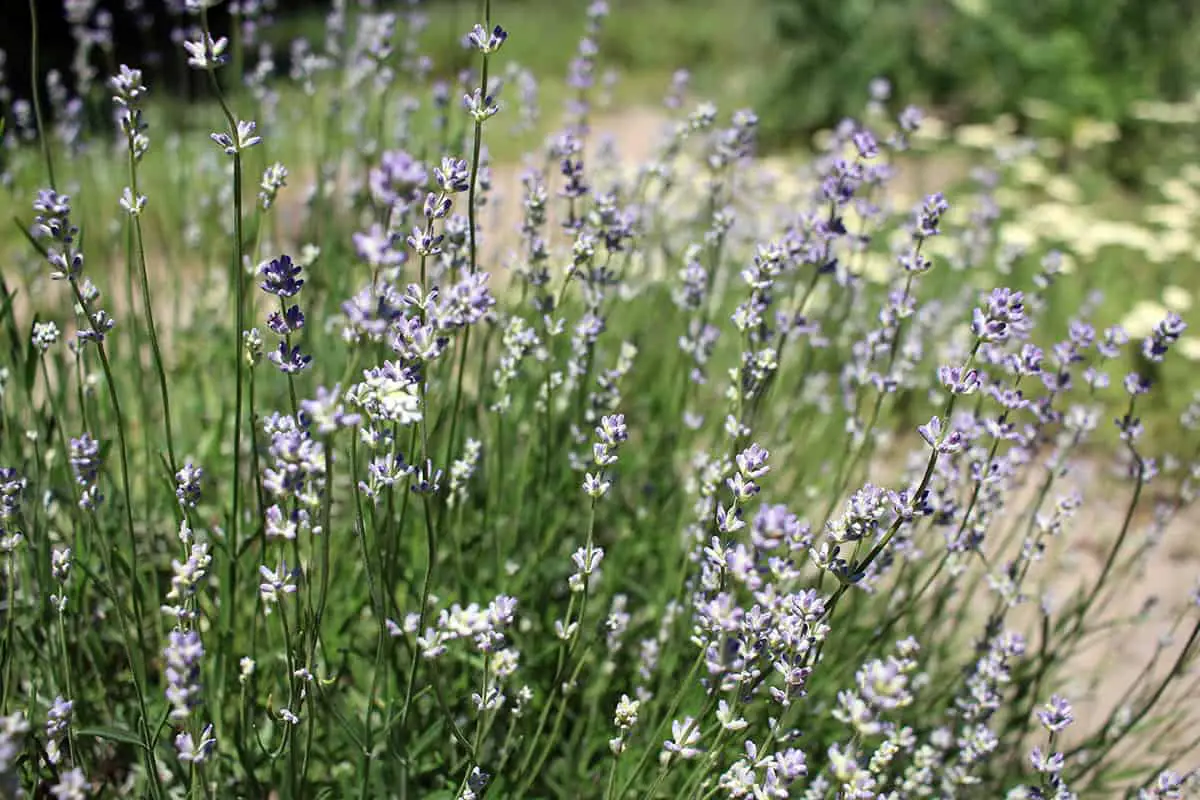
The ‘Munstead’ variety is another English Lavender. It is prized for its hardiness and low maintenance requirements. Its dense, compact growth makes it ideal for borders and small gardens. You’ll enjoy this versatile lavender all season long with pruning after the new leaves appear. Its rich scent will fill your garden with a soothing aroma.
